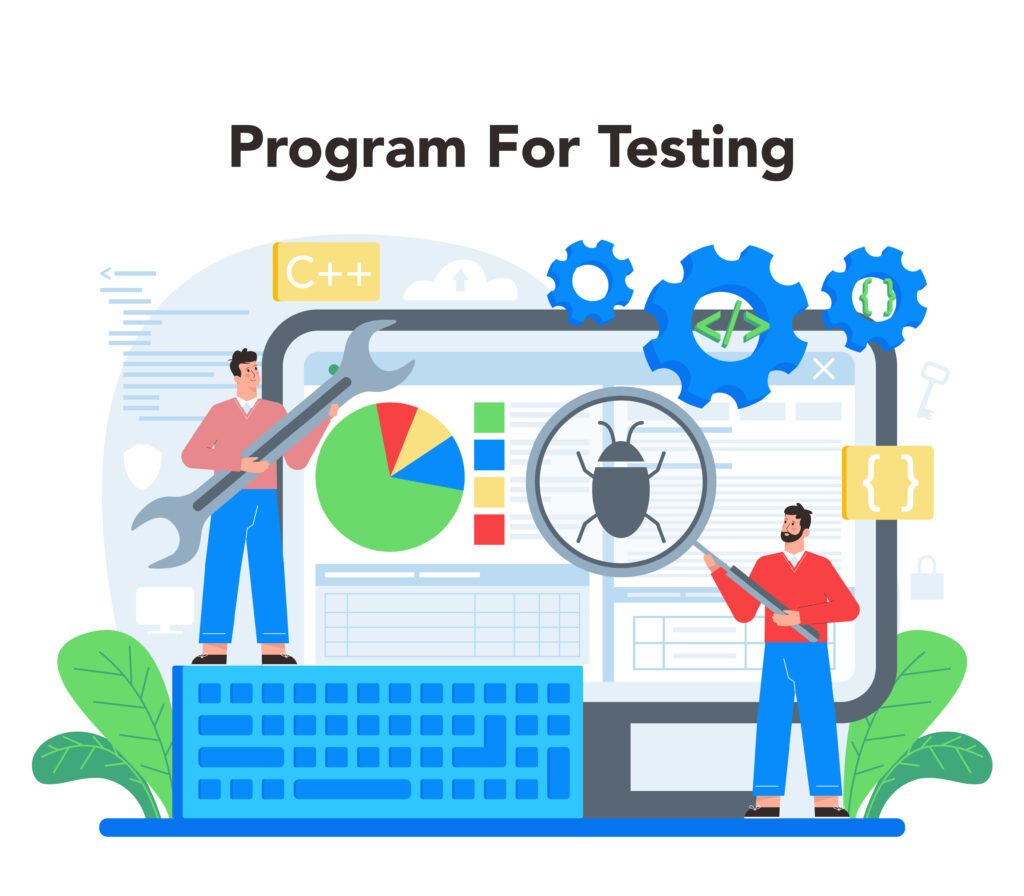In today’s digital world, software powers almost everything we do, from mobile apps to large-scale enterprise systems. But what ensures that this software works as expected? That’s where softwares testing basics come into play.
Software testing is the process of evaluating an application or system to identify bugs, performance issues, or usability flaws before it reaches end-users. Understanding softwares testing basics is crucial for developers, QA engineers, and even business owners who want to deliver reliable, high-quality products.
This guide will walk you through the fundamentals, types, methods, and best practices of software testing so you can build confidence in your testing journey.
What is Software Testing?
At its core, softwares testing basics involve checking whether a program meets its requirements and delivers the expected results. The goal is not just to find errors but to ensure software quality, performance, and user satisfaction.
Testing helps answer questions like:
- Does the software work correctly?
- Is it fast and secure?
- Does it provide a smooth user experience?
By following softwares testing basics, teams can reduce development costs, avoid failures after launch, and build customer trust.
Why Software Testing Basics Are Important
Many beginners underestimate the importance of testing. However, skipping this step can result in:
- Costly bug fixes after release
- Security vulnerabilities
- Poor user experience
- Damaged brand reputation
By applying softwares testing basics, companies save time, money, and ensure customer loyalty.
Types of Software Testing
Learning the software’s testing basics means understanding the two primary categories:
1. Manual Testing
In manual testing, testers execute test cases without automation tools. This method is useful for:
- Exploratory testing
- Usability checks
- Small-scale projects
2. Automated Testing
Automated testing uses tools and scripts to run repetitive test cases. It is ideal for:
- Regression testing
- Performance testing
- Large-scale applications
Both approaches are essential parts of softwaree testing basics.
Levels of Software Testing
To truly understand software testing basics, you need to know the four main levels:
Unit Testing
Tests individual components or modules of software to ensure they work as intended.
Integration Testing
Checks how different modules interact with each other.
System Testing
Evaluates the entire system’s functionality against requirements.
Acceptance Testing
Validates if the software meets customer expectations and is ready for deployment.
Each level adds another layer of assurance in the software testing basics process.
Common Methods in Software Testing Basics
Two fundamental approaches dominate the testing world:
Black Box Testing
Focuses on outputs based on inputs without knowing internal code structure. Best for user-driven testing.
White Box Testing
Examines internal code logic, paths, and conditions. Useful for developers who understand coding.
Both are pillars of software testing basics and are often combined for stronger results.
Popular Tools in Software Testing
Learning software testing basics isn’t complete without knowing the tools. Here are a few widely used ones:
- Selenium – for automated web testing
- JIRA – for bug tracking
- Postman – for API testing
- JMeter – for performance testing
These tools help testers streamline workflows, making testing more efficient.
Best Practices in Software Testing Basics
To succeed in software testing, follow these best practices:
- Start Early: Incorporate testing from the development phase.
- Use Test Plans: Define clear objectives and strategies.
- Automate Wisely: Automate repetitive tasks but don’t replace manual testing completely.
- Test Regularly: Continuous testing ensures ongoing quality.
- Document Everything: Keep track of test cases, results, and fixes.
Applying these best practices ensures that your software testing basics are strong and effective.
Software Testing Basics for Beginners: Key Takeaways
- Software testing basics are critical for ensuring software quality.
- Testing involves different levels: unit, integration, system, and acceptance.
- Both manual and automated testing are valuable.
- Tools like Selenium and JMeter make testing easier.
- Best practices help improve efficiency and results.
Mastering the software testing basics will not only help you become a better tester but also a more reliable developer or project manager.
FAQs on Software Testing Basics
1. What are software testing basics every beginner should know?
The basics include understanding manual vs. automated testing, levels of testing, and common methods like black box and white box testing.
2. Why is software testing important?
Software testing ensures the product works correctly, is secure, and provides a great user experience. It also saves costs by catching bugs early.
3. Can I start software testing without coding knowledge?
Yes, manual testing doesn’t require coding. However, knowledge of programming helps if you want to move into automation.
Conclusion
Mastering software testing basics is the first step in building a successful career in QA or software development. By understanding the fundamentals, levels, methods, and best practices, you’ll be able to ensure quality, reliability, and user satisfaction in any software project.
If you’re serious about becoming a better tester, start practising these basics today. The more you test, the more you’ll learn, and the better your software will be.

